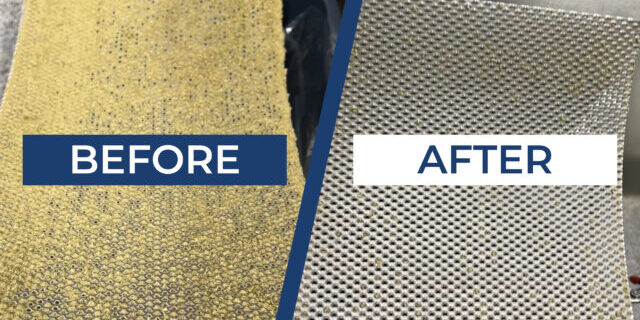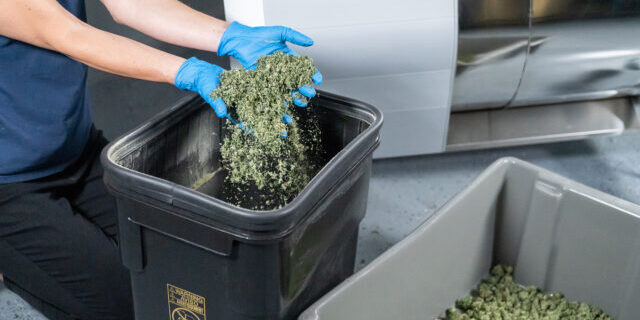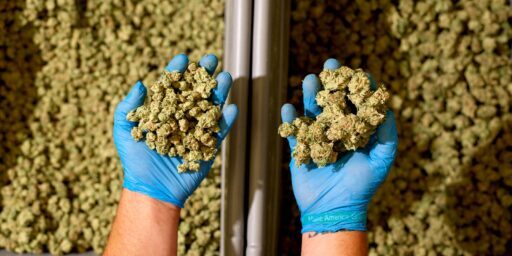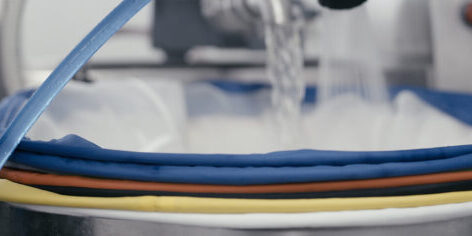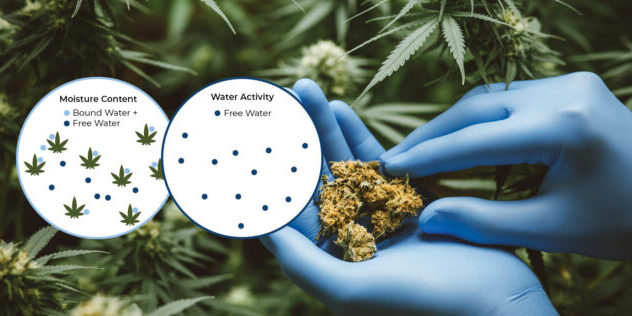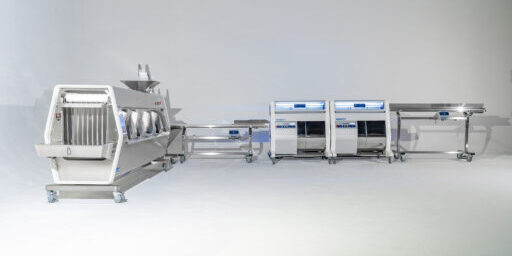GMP for Cannabis: An Introduction for Cultivators
Good Manufacturing Practice (GMP) guidelines provide business owners with a system of processes to ensure medicinal and pharmaceutical products meet specific standards. These protocols cover all aspects of manufacturing a product, from sourcing materials according to standards to preserving the cleanliness of equipment and the processing environment.
As the cannabis industry continues to grow, GMP compliance is becoming increasingly crucial for business owners. Experts believe GMP guidelines will soon impact all facilities where cannabis is legally cultivated and processed, forcing companies to rethink their production processes.
To earn GMP certification and differentiate themselves from competitive growers, business leaders must implement new strategies for quality control and risk reduction.
Here are the basics of what growers and cultivators need to know about GMP in the cannabis industry.
Defining GMP in the Cannabis Industry
GMP, or Good Manufacturing Practice, is a set of rules and procedures related to the quality assurance, management, and packaging processes of manufacturing facilities and their products. The guidelines affect all forms of consumer-focused products, from food to pharmaceuticals.
Regardless of whether cannabis is grown or produced for the medicinal or legal adult-use markets, virtually all legislation requires some level of production quality assurance. GMP is the standard that pharmaceutical companies apply to the production of medicines. Therefore, cannabis falls within the same guidelines that are set for all pharmaceutical businesses.
Many jurisdictions worldwide, including New Zealand, Australia, the United States, and Canada, apply GMP standards to cannabis production. This means business leaders are scrutinized for their approach to maintaining the cleanliness of operations and the quality of products.
Mutual Recognition Agreement (MRA) locations see GMP as part of the overall quality assurance measures that ensure drugs are consistently produced to meet appropriate quality standards. Though there are still some jurisdictions that lack GMP requirements for cannabis producers, many analysts believe future regulations will likely require licensed manufacturers to be GMP-certified.
Implementing GMP principles in cannabis production and harvesting processes helps to guarantee the final product is safe for consumption.
Businesses that fail to maintain GMP certification may risk losing valuable sales opportunities, as consumers expect to see evidence of their commitment to safe practices. In B2B sales, many buyers already require GMP certifications from any manufacturer they choose to work with.
Standard Operating Procedure for GMP Certification
Adhering to GMP standards requires cannabis companies to adhere to a set of specific standard operating procedures for quality assurance, cleaning, validation, and auditing. Standard Operating Procedures, or SOPs, provide businesses with a structured framework of policies and procedures intended to govern cannabis cultivation and processing.
Compliance with GMP may require the development of multiple standard operating procedures for every stage of the production and cultivation process.
These SOPs will cover validation procedures, such as method validation, equipment specification, and qualification, as well as process validation sampling. Additionally, many companies will need to implement SOPs for quality assurance, compliance, personnel management, cleaning, and cultivation.
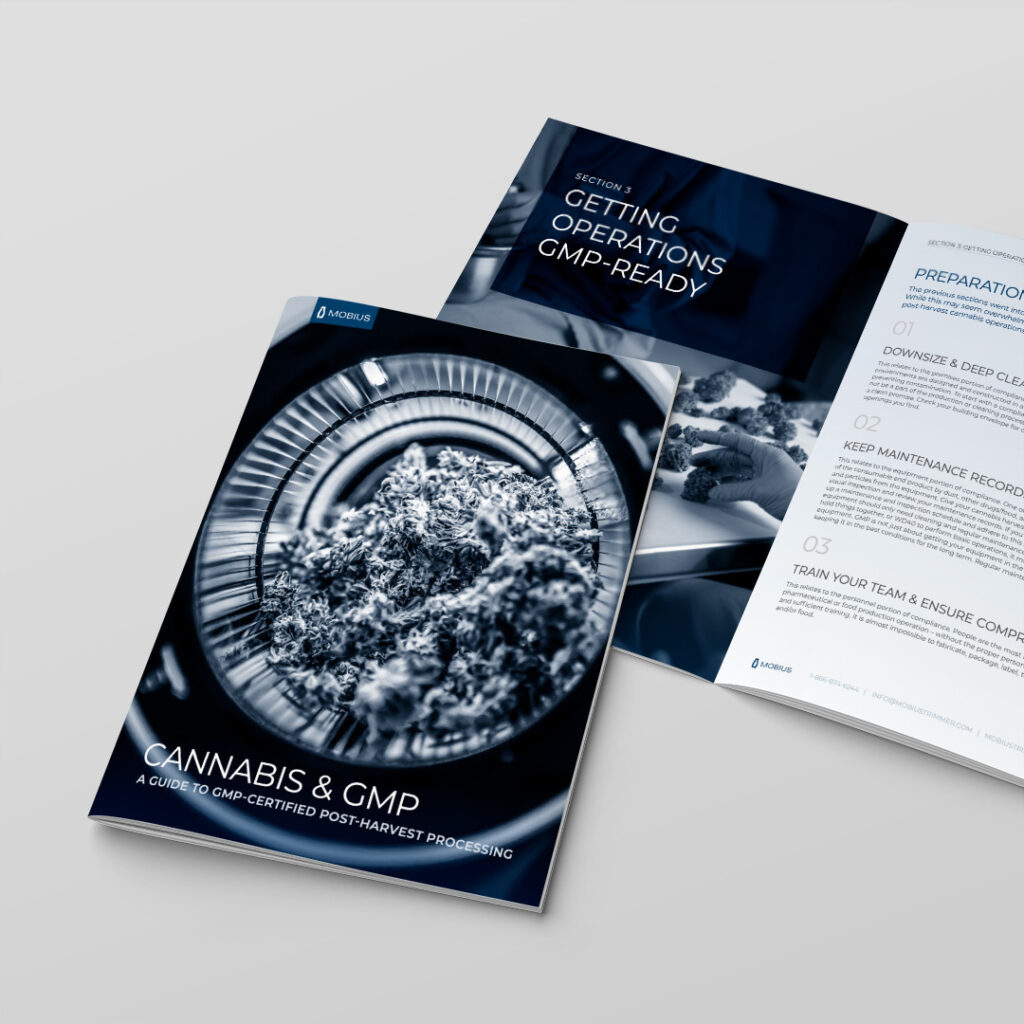
As noted in Mobius’s GMP Guide, the basic requirements of a GMP program for a cannabis company include:
- Clearly defining and controlling manufacturing processes to ensure consistency and compliance with approved procedures and specifications.
- Validating critical steps of manufacturing processes and significant changes to the process which may occur over time.
- Ensuring personnel are qualified and trained according to the highest standards for operations, validation, quality assurance, and cleanliness.
- Using adequate environments for cultivation and processing, with suitable equipment, adequate space, and the correct materials, containers, and labels.
- Writing instructions and procedures in clear and easy-to-understand language and monitoring adherence to these instructions.
- Documenting procedures and following guidelines consistently for cultivating, storing, and transporting products.
Personnel and Training
As outlined in the Mobius Guide to Cannabis & GMP, every product batch must be produced, tested, labeled, packaged, and stored under the supervision of the correct personnel. The “correct” personnel are those who have the appropriate technical, academic, and in-house training necessary for their roles and responsibilities.
In the cannabis space, senior management teams are responsible for providing team members with adequate resources, such as materials, facilities, and equipment. They must also continually monitor the effectiveness of their ecosystem and the performance of their teams.
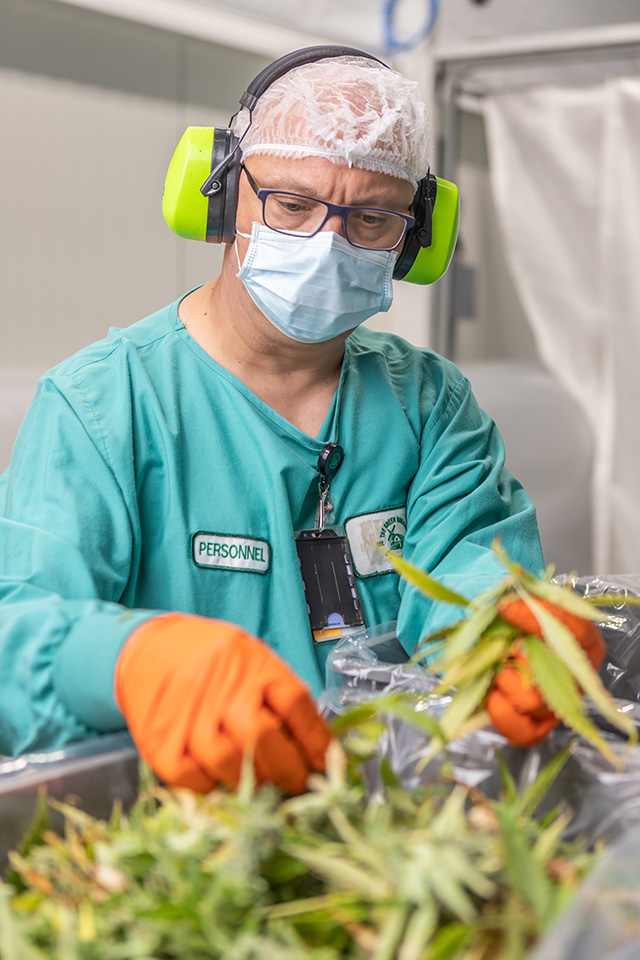
Qualified staff are required to supervise the manufacturing of drugs, as these operations are highly technical in nature. These staff members must have extensive knowledge of the process, the quality standards their product must adhere to, and how products should packaged, stored, and transported.
To earn GMP certification, cannabis business owners must ensure the right number and quality of personnel are on-site at all times, with the required practical experience and qualifications suited to their responsibilities. Personnel members must also be aware of the GMP principles that affect them. This means providing initial and continued training to team members based on their job description and responsibilities.
Manufacturers are required to provide training before implementing new or revised SOPs and must give specific training to personnel working with highly sensitive materials. Training procedures must be documented, and onboarding procedures should be implemented for each member of staff.
Improving hiring practices and training programs in the cannabis industry can be a big investment, but it also leads to reduced turnover, fewer workplace injuries, and enhanced production quality.
Facility Design and Maintenance
GMP guidelines dictate facilities for food, medicinal, and pharmaceutical production must adhere to specific rules. Facilities must be designed to provide a controlled, clean, and safe environment, preventing contamination and cross-contamination. GMP standards require companies to consider the flow of operations within their organization, steps for preventing cross-contamination, and strategies for hygiene and sanitation.
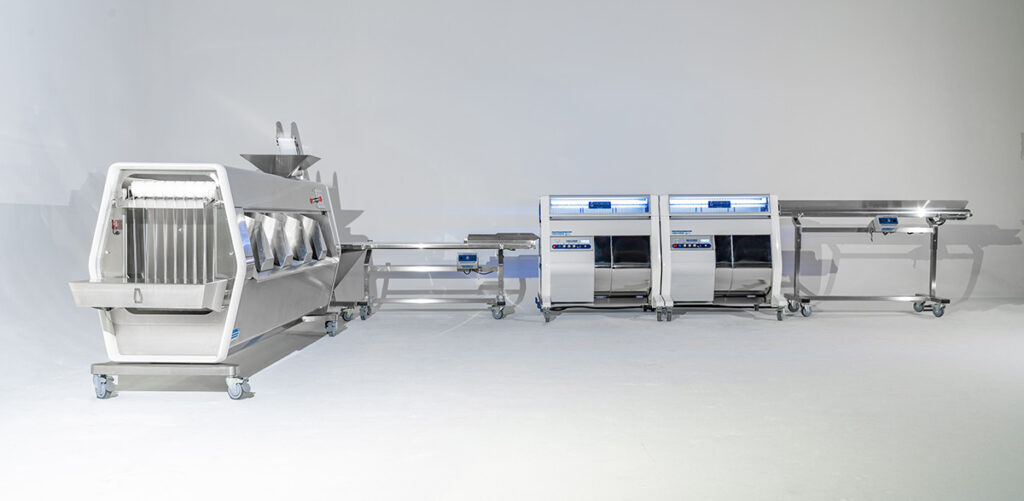
Designing an effective facility for cannabis production and storage starts with selecting the right equipment. The Mobius GMP Guide outlines that equipment with which drugs are manufactured, packaged, labeled, or tested must be designed and operated in a manner that:
- Permits effective cleaning of surfaces: The design and location of equipment must permit consistent cleaning, inspection, and sanitization. Any parts that come into contact with raw materials should be removable for cleaning purposes.
- Prevents the contamination of the drug or the addition of extraneous material: Surfaces that come into contact with materials should be made of material that is corrosion-resistant, non-toxic, and non-reactive. The design should minimize the risk of particles and other substances contaminating raw materials throughout the production process.
- Ensures equipment can perform in accordance with its intended use: Equipment should be consistently maintained and preserved. This means ensuring gaskets are functional, surfaces are free from cracks or defects, and equipment is regularly tested for performance.
To preserve the performance of the facility and the equipment within it, cannabis cultivators and manufacturers must regularly inspect equipment and keep maintenance records. Cannabis harvesting and processing equipment will need to be reviewed regularly, cleaned consistently, and used in accordance with operational guidelines.
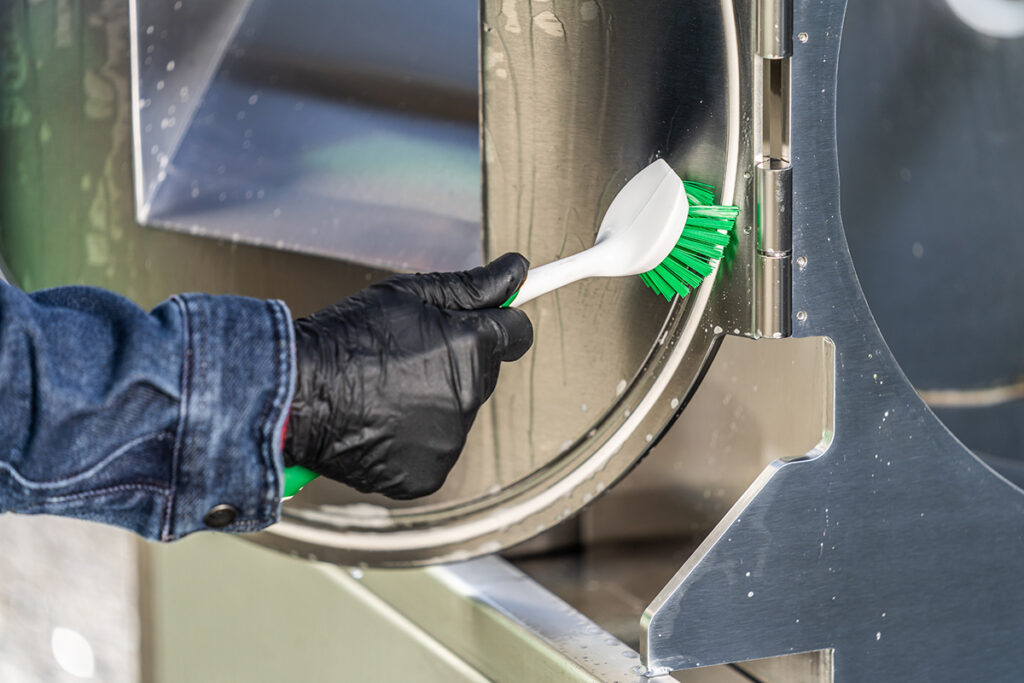
Cleaning Environments and Equipment
Though cleaning processes are often referenced in conjunction with facility design and maintenance for GMP compliance, they’re significant enough to deserve their own section. Sanitation is one of the most important considerations for cannabis companies for a number of reasons.
GMP guidelines require every person responsible for manufacturing, packaging, and labeling a substance to have access to a written sanitation program they can follow consistently. Proper cleaning, calibration, and maintenance improve the longevity of crucial equipment for automating and enhancing production processes.
A comprehensive sanitation program will include procedural information covering:
- Cleaning requirements applicable to all production areas of the plant, with a focus on manufacturing areas that may require special attention.
- Requirements applicable to processing equipment.
- Insights into cleaning intervals or frequency.
- Guidance on which products to use for cleaning and disinfection, along with equipment and dilution methods to use.
- Responsibilities of any outside contractors.
- Disposal procedures for waste material and debris.
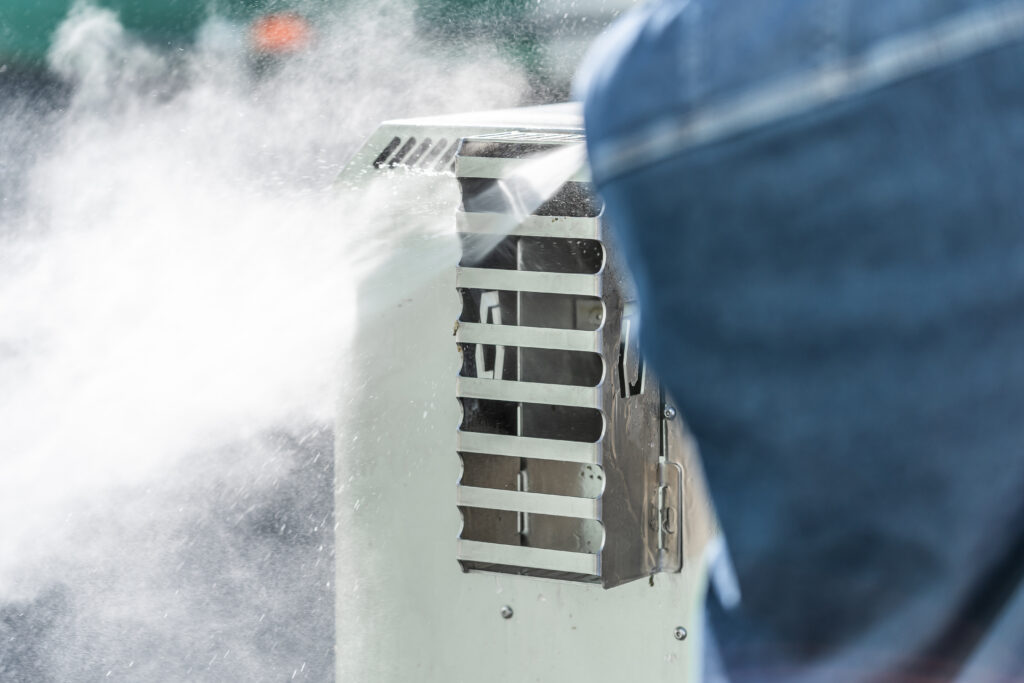
Sanitation programs must be deemed effective at preventing unsanitary conditions. This means procedures need to be validated based on the guidelines of the certifying jurisdiction, such as the Canada Cleaning Validation Guidelines (GUI-0028).
Additionally, the sanitation program must be regularly assessed to ensure it is effective at preventing unsanitary conditions. Evidence must be available to demonstrate that the cleaning and storage process does not allow for the proliferation of microorganisms.
Managing Raw Material
The products section of the Mobius GMP guidelines outlines that raw materials and final products should be formulated, labeled, and tested to ensure they are safe, effective for their intended use, and meet the required specifications.
Managing raw materials effectively begins with testing and verifying incoming materials to ensure they pass quality control expectations. By implementing robust control and testing procedures, growers and business leaders can rapidly identify substandard materials in the supply chain, reducing the risk of a damaged final product.
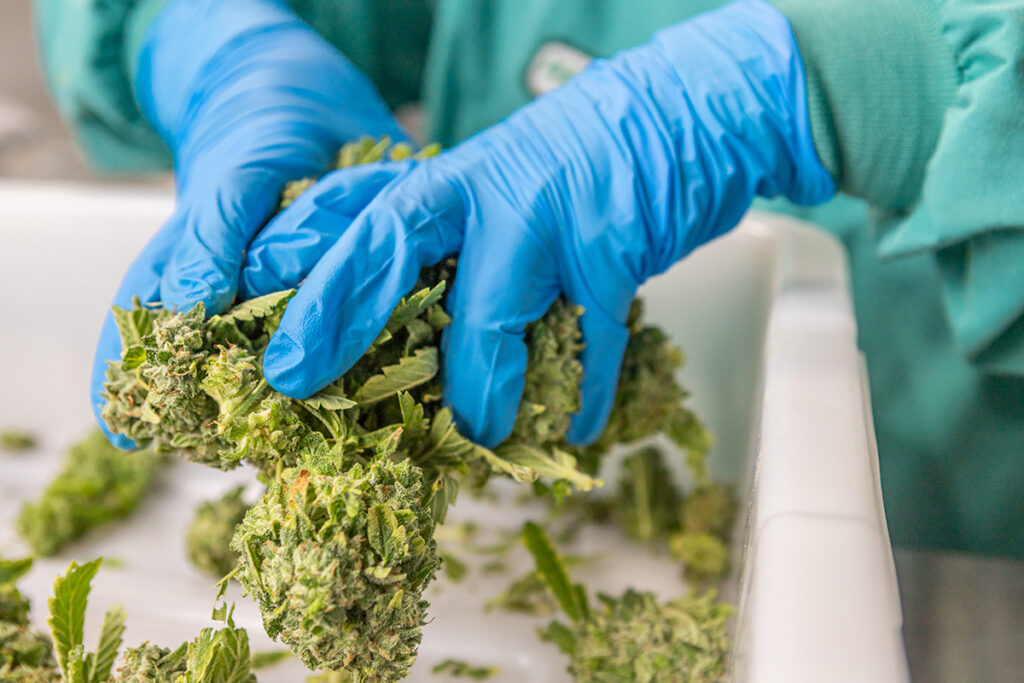
All starting materials for a product must be purchased from an approved supplier. The manufacturer must have a clear understanding of the origins of the raw materials and their components and all raw materials must be accompanied by the correct paperwork.
Quality assurance standards also play a crucial role in upholding GMP standards, ensuring companies can adhere to the requirements for materials with proven potency, purity, and components. To adhere to GMP’s standards for raw materials, business leaders need to ensure they’re not only sourcing suitable materials but storing and labeling them correctly until they are ready to be processed.
Raw materials and finished products must be stored in proper conditions to prevent contamination and degradation. This means maintaining suitable temperature and humidity levels in storage environments, segregating different materials, and implementing an effective inventory system.
Manufacturing and Processing
Even as concepts like automation become more common in the cannabis landscape, businesses must verify they’re following the right processes and strategies during manufacturing. This starts by confirming that facilities are clean and quality control measures are in place.
However, business leaders must also establish they’re effectively using the right documentation and validation processes. Batch records are essential to providing insights into each product’s characteristics and processing parameters.
Batch records provide access to a complete history of the manufacturing process of a product, complete with processing instructions, who executed a process, and where processes were carried out. Cannabis business owners must also ensure their personnel are following written guidelines, with formulation control instructions to minimize inconsistencies between batches.
To obtain GMP certification, the manufacturing process implemented by any business must also follow a clear sanitation program. This program must outline cleaning procedures for the premises where the drug is manufactured, packaged, and labeled.
GMP guidelines specify that cleaning requirements are outlined for every employee, including cleaning intervals and types of products used for cleaning and disinfection.
Process validation is another crucial aspect of GMP-compliant manufacturing, which involves gathering and analyzing data to ensure manufacturing processes are reproducible, robust, and capable of consistently delivering a safe cannabis product.
To remain compliant from a manufacturing and process perspective, companies must also invest in equipment qualification, calibration, and preventative maintenance to enhance the quality of their products and minimize the risk of errors.
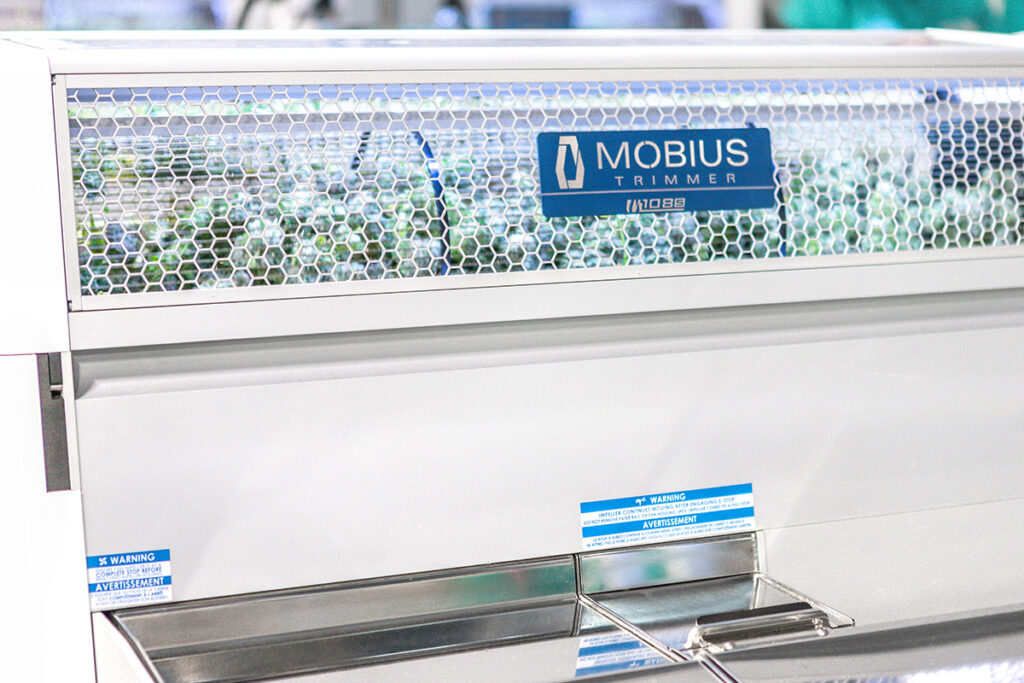
Testing and Quality Control
GMP-certified cannabis business owners must follow strict standards for quality assurance and quality control. GMP quality assurance refers to ensuring a final product has reached the quality expected of it and that it performs as expected. Quality control guidelines deal specifically with sampling, testing, and documentation.
GMP testing and quality control in the cannabis landscape doesn’t just refer to testing and analyzing the quality of the products produced. Companies must also adhere to quality control standards when following cleaning and sanitation guidelines and managing equipment.
Equipment cleaning validation needs to be performed regularly to ensure equipment does not contribute to the cross-contamination of products. Additionally, all cleaning procedures must strictly follow carefully validated methods.
There must be documented evidence that the routine cleaning and storage of equipment does not allow for microbiological contamination. Business owners must also carry out sampling processes, such as direct surface sampling and rinse sampling, to ensure equipment and environments are fully sanitized.
By conducting thorough testing and implementing stringent control measures, companies can address deviations and potential risks, fostering customer confidence and improving industry reputations.
Plus, the proper analytical testing strategies help preserve compliance by providing insights into the potency and purity of products, as well as revealing any microbial contaminants present in a batch or harvest.
These quality control procedures form the backbone of GMP-compliant cannabis operations, allowing products to meet pre-established specifications throughout production, from cultivation to packaging.
Packaging, Labeling, and Distribution
GMP-compliant cannabis companies are held to similar standards for packaging, labeling, and distribution as those in the food services and pharmaceutical industry. The requirements applicable to packaging materials include:
- The design, production, quality control, labeling, storage, and handling of primary packaging materials must minimize risk to their quality.
- Facility design, environmental conditions, and operating principles must be controlled to prevent cross-contamination of primary packaging materials.
- Manufacturing processes for packaging must be clearly defined, controlled, and validated to ensure consistency. Any changes to the process must be evaluated from a product quality and user safety perspective and validated as necessary.
- Records of manufacture and quality control activities for packaging materials must be kept to demonstrate all the steps required by the SOPs were executed.
- Systems must be available for recalling any batch from storage or distribution.
When labeling products, GMP-certified cannabis businesses are required to provide accurate information about their products and contents on each label.
GMP standards require production companies to share dosage information, where applicable, indicating the amount of active cannabinoids in a unit or serving. Companies must also provide insights into warnings and precautions (such as potential side effects), expiration dates, ingredients and allergens, and storage instructions.
The packaging, labeling, and distribution standards set by GMP also require companies to follow specific rules about preserving product excellence. Often, products must be kept in a controlled environment, free from temperature or humidity fluctuations. It could also mean implementing security and control methods for shipping and handling procedures throughout the supply chain.
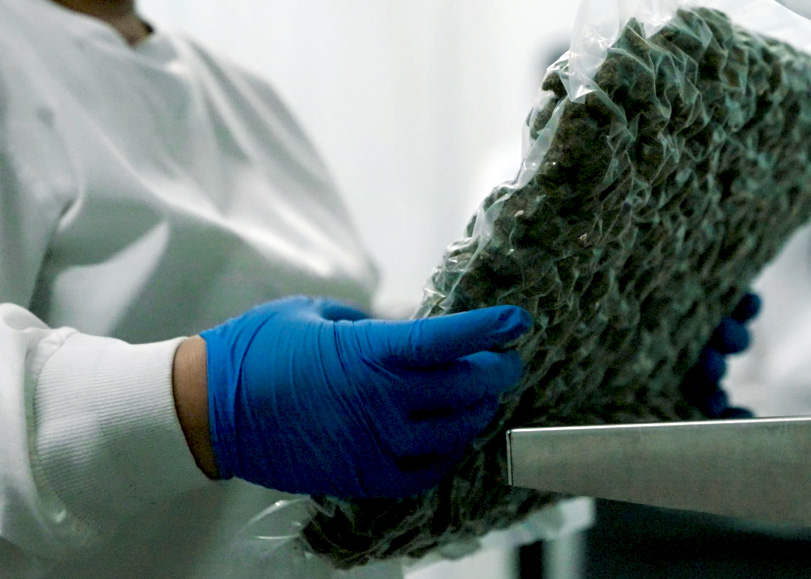
Adhering to the GMP Standard in the Cannabis Industry
Earning GMP certification requires cannabis business owners to take a strategic approach to every part of the cultivation, production, and distribution process. Implementing these rigorous standards for everything from raw material selection to personnel management and quality control helps businesses adhere to the highest standards for product safety.
What’s more, by following GMP implementation practices, companies can improve the caliber of their products and their relationships with customers. As the cannabis industry continues to evolve, customer expectations are growing. With GMP compliance, organizations can set themselves apart from the competition and cultivate the trust of their customers and stakeholders.
Who do I contact to start my GMP certification process?
If you’re located in Canada, you’ll need to work with Health Canada’s Health Products and Food Branch Inspectorate. As cannabis is not yet federally legal in the United States, GMP certification through the US Food & Drug Administration is not available, but more information on their GMP requirements can be found here: FDA cGMP Regulations.
The Mobius team are true experts on GMP — something that isn’t always easy to find in the complex cannabis industry. Their extensive knowledge and experience working with GMP facilities in the cannabis sector make them the ideal partner for any company striving to achieve compliance.
Not only can Mobius assist your company in accessing the resources you need to run a successful and efficient company, but it can also ensure your business adheres to the strictest guidelines for safety and cleanliness. If you have any questions about GMP compliance or need more support from a dedicated team of industry leaders, reach out today.
